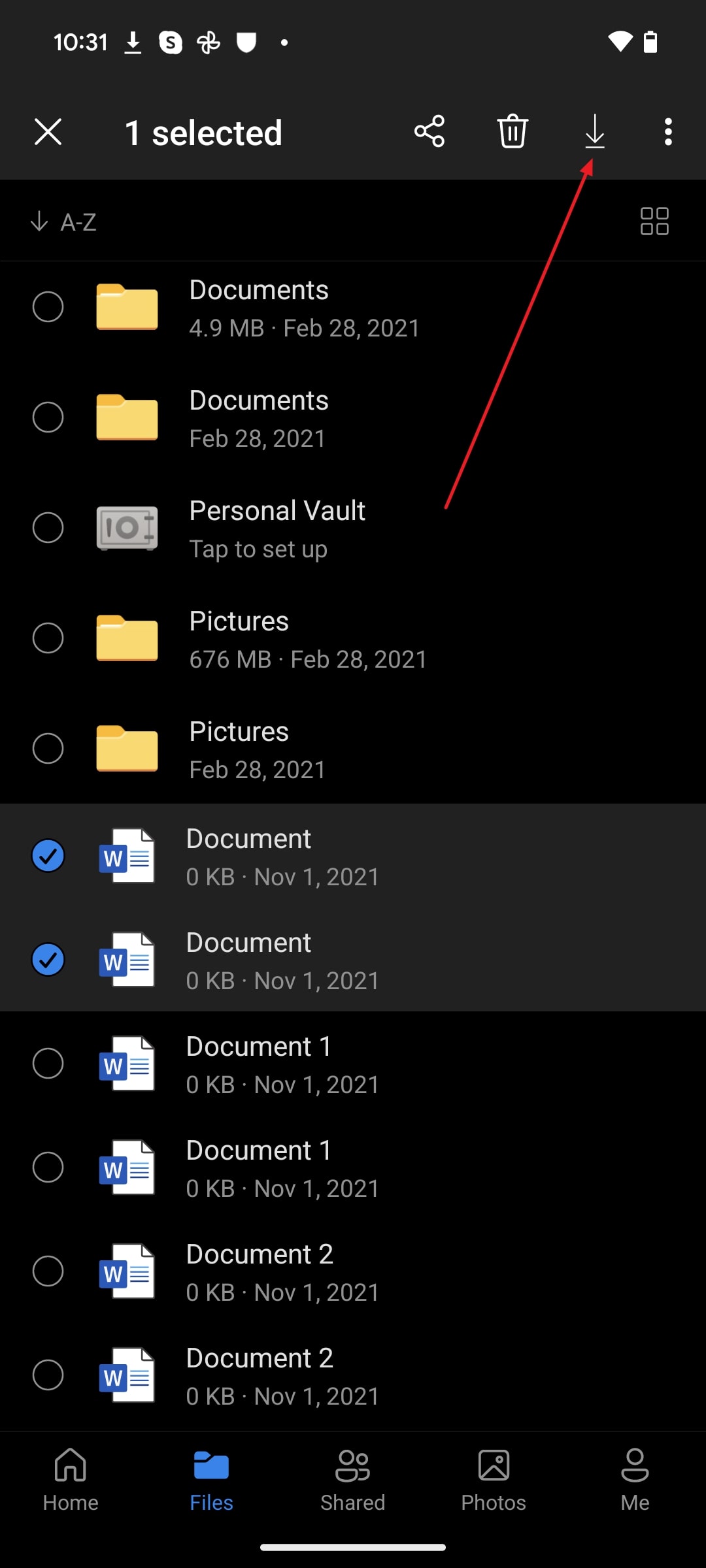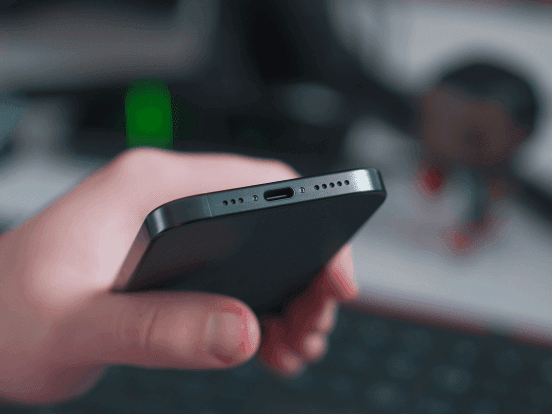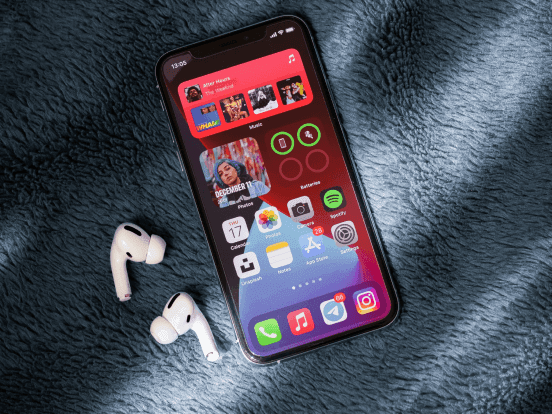
Efficient Ways to Transfer Files from PC to Android: 6 Must-Know Methods
 Simon Brown • Apr 22, 2024
Simon Brown • Apr 22, 2024With the increase in remote work trends, the seamless exchange of files across devices is crucial to maintaining a productive workflow. The necessity arises due to various factors such as storage management, backup creation, and teammate collaborations. With mobile prevalence, most individuals prefer Android phones for personal and professional use because of Android device's price, battery life, and other reasons.
Since people frequently use Android phones, they wish to transfer files from a PC to an Android to consume files while commuting or moving around the house. Therefore, this article has 5 wireless and 1 wired solution on how to transfer files from a computer to a phone, which you can learn through stepwise instructions.
Part 1. 5 Easy Wireless Ways to Transfer Files from PC to Android
Whether it is sharing documents, presentations, or multimedia files, knowing how to transfer files from PC to mobile wirelessly allows efficient collaboration and remote communication. If you want to learn this ability, review this section with 5 wireless ways of file transfer and boost your workflow in remote setups.
Method 1. Via Avica Remote Desktop
The first method that comes to mind for a PC-to-mobile file transfer is Avica Remote Desktop software due to its exceptional remote functionalities. This software facilitates seamless remote communication and removes the distance between devices by allowing you to control the remote device.
In this regard, it enables you to transfer unlimited files remotely to other devices without file format limitations. Besides, this approach can quickly share files of any size because it is patented with high-speed transfer protocols, 100 times faster than HTTP/FTP. Additionally, Avica facilitates comprehensive AES-256 encryption in remote sessions if you want tight security for your important files.
Key Features Showing How Avica is an Exclusive Choice
- Privacy Mode: For a confidential remote session, Avica has a privacy mode feature that renders the screen black to prevent others from seeing your on-screen activities. Also, it allows you to mute the remote device so no one can hear your sounds during the session.
- Screen Recording: To keep a record of the session, this incredible remote desktop software offers a screen recording feature that is perfect for education or professional settings. Users can flexibly capture the screen, pause the recording, and save it anywhere to watch afterward.
- Group Monitoring: Avica aims to streamline your remote communication and work setups, so it provides a group monitoring ability. Through it, you can view, work, and control multiple monitors from using your single local computer.
How to Transfer Files from a PC to Android Using Avica Remote Desktop App
The prominent features of Avica show that it is far beyond just a file transfer application. To utilize the file transfer feature of Avica without any technical issues, let's first discover how it transfers files from PC to Android.
Feel free to download Avica software by clicking the button below or download Avica mobile app from Google Play and App Store. If you're seeking additional information about Avica product downloads, you can visit the Avica download page. Rest assured, Avica guarantees the safety and virus-free nature of all products obtained from the official website or app store.
Step 1: Activate Remote Access from Your Computer’s Avica
Download the newer version of the Avica remote desktop app on your PC and activate the "Allow Remote Access to This Device via Your Credentials" option. Now, copy the "Avica ID" and "Password" displayed to start a file transfer session on your Android phone.

Step 2: Build a Remote File Transfer Connection with Android
Get Avica on your Android phone from the Play Store and sign in using your credentials. Choose the text box of “Remote Connection” and insert the “Avica ID” to hit the “File Transfer” button. Following this, input your password.

Step 3: Access the PC’s Files on Your Android via the Download Button
Then, opt for the “Download Files” option to move forward. Look for files that you want to transfer in Android remotely and press the “Download” button to begin transferring. The files are transferred to your Android, which you can preview, share, and locate anywhere as desired.

Method 2. Using Cloud Service
Basically, several cloud services are designed to provide additional backup to users apart from their devices’ internal storage. One of them is Microsoft OneDrive, which was launched in 2007 and offers 5GB of free storage to its users. Let’s learn how to transfer files from PC to Android using the syncing approach of OneDrive.
Step 1: Set up your Microsoft OneDrive account on your computer and navigate to the "Add New" button from its main interface. Using that button, choose the "File Upload" option and bring files from your PC with the "Open" button. Once the files are uploaded successfully, head to your Android phone.

Step 2: Launch OneDrive on your Android phone to access the synced files uploaded earlier from the PC. Then, locate your required file and long-press on it to access the “Download” icon on the top of the screen. Use the “Download” icon and save the file on your Android phone for later use.

Method 3. Via Email
With up to 1.8 billion active users in 2024, Gmail is Google's most popular email service that can be accessible on all operating systems. It's a worldwide channel for official communications, and if you are interested in transferring files from PC to Android via Gmail, consider the steps below:
Step 1: Sign in to your Gmail account on the PC and press the “Compose” button to create a new email. There, tap the “Attach Files” icon from the bottom to import your required files, insert the recipient email ID, and click the “Send” button.

Step 2: Head to your Android phone and access the email you sent from the computer earlier by opening the Gmail app. Open it and hit the "Download" icon on the file to transfer it to your Android storage.

Method 4. Via Chat app (Telegram)
For messaging and communication with loved ones, instant messaging apps like Telegram Messenger are considered a primary channel. Specifically, Telegram is an encrypted messaging app that is a cross-compatible and cloud-based service with a file transfer ability. You can initiate your PC-to-mobile transfer process through the instructions below if you have a file of up to 2GB.
Step 1: Access Telegram Web on your PC and log in with your contact number. Afterward, open your chat with a trusted contact and click the “Attach File” icon to choose files from your system. Upon selecting, hit the “Open” button followed by the “Send” button to share files.

Step 2: Get Telegram on your Android and ensure it is logged in with the same number on your PC's Telegram. Then, access the chat where you sent the files and tap the “Three Dots” to press the “Save to Download” option.

Method 5. Using Bluetooth
Another wireless approach to transferring files from PC to Android is Bluetooth, a short-range wireless technology that can exchange data within personal area networks. Notably, it is available on all operating systems, but transferring larger files takes a lot of time. Anyways, if you need convenience in data transfer, you can explore the steps below that show how to send files from PC to Android.
Step 1: Reach your PC’s “Settings” and choose the “Bluetooth & Devices” option to toggle the “Bluetooth” feature. Scroll down to click the “Send or Receive Files via Bluetooth” option and the “Send Files” option in the next pop-up menu.

Step 2: Afterward, locate your paired Android device and move with the “Next” button after choosing it. If you haven’t paired your devices before, then you have to do it through your PC and Android Bluetooth settings. Later, press the “Browse” button, pick files from your system to transfer, and click the “Next” button.

Step 3: Finally, a confirmation pop-up will appear on your Android phone, and you need to confirm with the “Accept” button.

Part 2. How Can I Transfer PC Files to Android via USB Connection?
Although wireless methods are suitable when your Android phone isn't near the PC, they facilitate remote data exchange. However, they are not good for creating backups or sharing bulk files, which generates a surge in the need to look for wired methods. Hence, this section covers how to transfer a file from a PC to an Android through a USB cable connection to share unlimited files.
Step 1: Open “File Explorer” on your PC and establish a USB cable connection between your Android and computer. Following this, access the “USB Preferences” of your device and enable the “File transfer/Android Auto” option.

Step 2: There, access the “Internal Storage” folder after tapping on your device’s name folder. Later, choose the “Documents” folder and copy-paste your computer’s files to attain on your Android.

Part 3. Explore the Fastest Way to Transfer Files Between Computer and Phone: A Comparative Discussion
Now that you are familiar with the available approaches of file transfer, either wireless or wired ones. Choosing a solution that appropriately aligns with your requirements must be challenging. Let us clarify that cloud storage services are a good option, but they restrict users to limited free storage. Besides, email services also limit users to attaching files up to 25MB in one email.
Apart from that, Bluetooth is another convenient way for PC-to-mobile transfer, but it works within a short range and has connectivity issues while transferring large files. However, the Avica remote desktop proves to be the fastest method among all other methods and supports unlimited file transfer without any file format restrictions.
Conclusion
In short, individuals transfer their important files to Android phones to conveniently access them anywhere and retain their normal workflow. For their ease, this guide discussed how to transfer files from a computer to a phone through wireless and wired approaches. Moreover, we conducted a comparative discussion that showed that Avica remote desktop software is a top-tier solution for a quicker, easier, and more secure file exchange process.

How to Fix Android File Transfer on Mac Not Working? Explore 8 Workable Solutions


A Guide to Fix Computer is Not Recognizing iPhone: Top 6 Solutions You Must Know


6 Must-Know Approaches to Send Long Videos on iPhone: A How-to Guide

